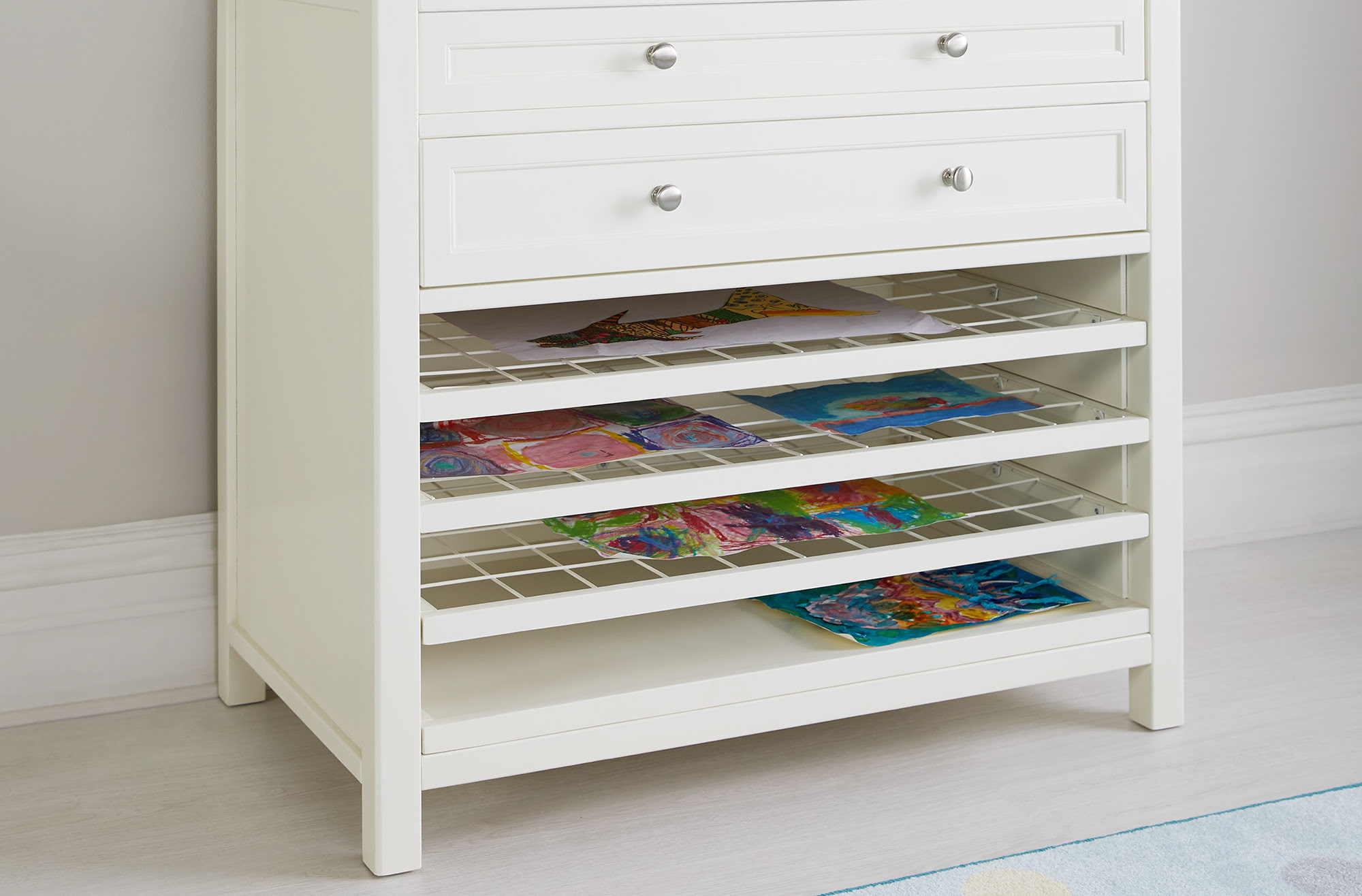

Articles
How To Store Kids Art
Modified: January 19, 2024
Discover the best way to store kids' art and keep it organized for years to come. Read our helpful articles for practical tips and creative solutions.
(Many of the links in this article redirect to a specific reviewed product. Your purchase of these products through affiliate links helps to generate commission for Storables.com, at no extra cost. Learn more)
Introduction:
As children unleash their creativity through drawing, painting, and crafting, they produce a vast collection of artwork. While these masterpieces hold sentimental value for both the kids and their families, finding a suitable storage solution can often be a challenge. In this article, we will explore the importance of storing kids’ art and provide helpful tips on choosing the right storage solution, organizing and sorting artwork, archival techniques for long-term preservation, digital options, displaying selected artwork, and involving kids in the storing process. So let’s dive in and discover the best ways to store and protect your child’s precious artwork.
Key Takeaways:
- Cherish and celebrate your child’s creativity by storing their artwork, boosting their self-esteem, and creating a lasting record of their artistic journey. Involve them in the process for a meaningful and collaborative experience.
- Find the right balance between preserving and displaying your child’s artwork. Choose suitable storage solutions, utilize archival techniques, explore digital options, and involve your child in the storing process to create a beautiful and meaningful collection.
Read more: How To Store Art Prints
Importance of Storing Kids Art:
Children’s artwork is a reflection of their creativity, imagination, and self-expression. It serves as a visual record of their growth and development, capturing moments and memories that are cherished by both the child and their family. Therefore, it is crucial to consider the importance of storing kids’ art to preserve these cherished creations. Here are some key reasons why storing kids’ art is essential:
- Sentimental Value: Each artwork represents a unique moment in your child’s life. Storing their art allows you to preserve these memories and create a meaningful keepsake to look back on in the future.
- Self-Esteem Booster: By storing and displaying their artwork, you show your child that their creations are valued and appreciated. This positive reinforcement boosts their self-esteem and encourages their artistic growth.
- Documenting Progress: Storing artwork over time allows you to witness your child’s artistic development. You can see how their skills, techniques, and creativity evolve, providing a visual history of their progress.
- Sharing with Others: Storing kids’ art gives you the opportunity to share their creations with friends, family, and future generations. It creates a connection to your child and their artistic journey, allowing others to appreciate and enjoy their work.
- Teaching Responsibility: Teaching your child to care for and store their artwork instills a sense of responsibility. It teaches them the value of preservation and the importance of respecting their creations.
By understanding the significance of storing kids’ art, you can ensure that these priceless pieces are protected and cherished for years to come. In the next sections, we will explore various storage solutions and techniques to help you effectively organize, preserve, and showcase your child’s artwork.
Choosing the Right Storage Solution:
When it comes to storing your child’s artwork, it’s important to choose the right storage solution to ensure its preservation and protection. Here are some factors to consider when selecting the ideal storage option:
- Size and Capacity: Assess the amount of artwork you need to store and consider the size and capacity of the storage solution. Ensure it has enough space to accommodate your child’s artwork collection.
- Durability: Look for storage solutions made from sturdy and long-lasting materials to protect the artwork from damage, such as fading, tearing, or moisture. Opt for acid-free and archival-quality materials to prevent deterioration over time.
- Accessibility: Consider how easily you can access and retrieve the stored artwork. Choose storage options that allow for easy organization and retrieval, such as folders, portfolios, or boxes with clear windows.
- Protection: Select storage solutions that provide proper protection against light, moisture, dust, and humidity. Consider archival sleeves, portfolios with acid-free sleeves, or acid-free boxes for optimal preservation.
- Flexibility: Look for storage options that offer flexibility in terms of expanding or adjusting the storage space as your child’s art collection grows. This will allow you to accommodate new artwork without having to invest in additional storage solutions.
- Accessibility: Consider how easily you can access and retrieve the stored artwork. Choose storage options that allow for easy organization and retrieval, such as folders, portfolios, or boxes with clear windows.
- Display Options: If you plan to showcase some of your child’s artwork, consider storage solutions that offer display capabilities, such as frames, adjustable stands, or hanging systems. This way, you can easily rotate and display different pieces of art while keeping the rest safely stored.
By taking these factors into consideration, you can find a storage solution that meets your specific needs and ensures the proper preservation of your child’s artwork. In the next section, we will explore effective techniques for organizing and sorting the artwork to keep it manageable and easily accessible.
Organizing and Sorting Artwork:
With a growing collection of your child’s artwork, it’s essential to have an organized system in place. This will make it easier to locate specific pieces and maintain the overall condition of the artwork. Here are some tips for organizing and sorting your child’s artwork:
- Create Categories: Start by creating categories for different types of artwork, such as drawings, paintings, crafts, or sculptures. This will help you categorize and identify the different pieces more efficiently.
- Label and Date: Label each piece of artwork with your child’s name, the date it was created, and a brief description if desired. This not only adds a personal touch but also helps track the chronological order of the artwork.
- Use Folders or Portfolios: Store individual pieces of artwork in folders or portfolios. Label each folder with the corresponding category or theme to make it easier to locate specific pieces when needed.
- Create a Digital Inventory: Consider creating a digital inventory of your child’s artwork by taking photographs or scanning the pieces. This will allow you to easily access and share the artwork digitally while preserving the original pieces.
- Purge Regularly: To prevent the accumulation of excessive artwork, regularly evaluate and select the pieces that hold the most sentimental value or represent significant milestones. Donate or recycle the remaining artwork, ensuring you keep a good balance between storing and decluttering.
- Create a Gallery Wall: Select a few favorite pieces of artwork and create a gallery wall in your home. This not only showcases your child’s talent but also adds a personalized and artistic touch to your living space.
Organizing and sorting your child’s artwork not only helps you maintain a clutter-free space but also makes it easier to preserve and commemorate their artistic journey. In the next section, we will explore archival techniques to ensure the long-term preservation of your child’s artwork.
Archival Techniques for Long-term Preservation:
Preserving your child’s artwork for future generations requires careful attention to archival techniques. These techniques aim to protect the artwork from deterioration, discoloration, and other forms of damage. Here are some archival techniques to consider for long-term preservation:
- Use Acid-Free Materials: When selecting storage solutions, opt for acid-free folders, sleeves, and boxes. Acidic materials can cause degradation and yellowing of the artwork over time, so using acid-free materials ensures its long-term preservation.
- Handle with Clean Hands: Before handling the artwork, make sure your hands are clean and dry. Oils and dirt can transfer onto the artwork, leading to staining or other forms of damage.
- Protect from Light: Store the artwork in a dark or low-light environment to minimize exposure to harmful UV rays. If you choose to display certain pieces, use UV-protective glass or acrylic sheets to shield them from light damage.
- Control Temperature and Humidity: Extreme fluctuations in temperature and humidity can cause damage to the artwork. It’s important to store the artwork in a climate-controlled environment to prevent warping, mold growth, or other forms of deterioration.
- Keep Artwork Flat: Store flat artwork in acid-free folders or portfolios to prevent bending or creasing. Avoid rolling or folding the artwork, as it can lead to permanent damage.
- Handle with Care: When moving or transporting artwork, use acid-free gloves or handle it with clean hands to minimize the risk of smudging, tearing, or other physical damage.
- Consider Professional Preservation: For valuable or delicate pieces of artwork, consider consulting with a professional art conservator. They can provide expert advice on preservation techniques and treatments to ensure the artwork’s longevity.
By implementing these archival techniques, you can safeguard your child’s artwork and ensure its preservation for years to come. In the next section, we will explore digital options for storing and preserving your child’s artwork.
Use large, flat portfolios or art storage boxes to store kids’ art. Label each piece with the child’s name and date to easily organize and preserve their creations.
Read more: How To Store Canvas Art
Digital Options for Storing Artwork:
In addition to physical storage options, digital solutions offer a convenient and space-saving way to store and preserve your child’s artwork. Here are some digital options to consider:
- Photography: Take high-quality photographs of your child’s artwork and store them digitally. Make sure to capture the details and colors accurately. You can also create a digital album or gallery to showcase the artwork.
- Scanning: Scan the artwork using a high-resolution scanner to create digital copies. This method ensures excellent image quality and allows you to easily organize and share the artwork digitally.
- Cloud Storage: Store the digital copies of the artwork in cloud storage platforms such as Google Drive, Dropbox, or iCloud. These platforms provide secure storage and allow you to access the artwork from any device with internet connectivity.
- Digital Art Platforms: Explore digital art platforms and apps that are specifically designed for storing, organizing, and sharing artwork. These platforms often offer various features like tagging, categorizing, and sharing options.
- Create a Digital Portfolio: Compile the digital copies of your child’s artwork into a digital portfolio. You can use software or online tools that enable you to create a visually attractive and interactive portfolio to showcase the artwork.
- Backup Regularly: Remember to back up your digital files regularly to prevent the risk of losing valuable artwork. Ensure you have multiple copies stored in different locations or on external hard drives.
Digital options provide a convenient way to store and share your child’s artwork while preserving the originals. They offer flexibility, accessibility, and the ability to easily organize and showcase the artwork. However, it’s important to preserve the original physical artwork as well, as digital copies may not fully capture the texture and depth of the pieces. In the next section, we will explore how to display selected artwork and create a meaningful visual display.
Displaying Selected Artwork:
Displaying your child’s artwork can bring joy and pride to both you and your child. It allows you to appreciate their creativity and adds a personal touch to your home. Here are some tips on how to display selected artwork:
- Art Wall or Gallery: Create an art wall or gallery in your home where you can showcase your child’s favorite pieces. Choose a prominent location and use frames or display boards to highlight the artwork. Rotate the pieces periodically to showcase different works.
- Framing: Select a few standout pieces and have them professionally framed. This elevates their presentation and protects them from damage. Choose frames that complement the artwork and your home’s decor.
- Shadow Box Displays: For three-dimensional artwork or crafts, consider using shadow box displays. These boxes provide depth and protection for delicate pieces, allowing you to showcase them in a unique and visually appealing way.
- Art Display Easels: Invest in art display easels that can stand on a tabletop or floor. These easels allow you to display larger artworks or canvases, creating an eye-catching focal point in the room.
- Art Hanging Systems: Install art hanging systems on your walls to easily showcase and rotate artwork without damaging the walls. These systems provide flexibility and make changing the displayed artwork a breeze.
- Theme-Based Displays: Create themed displays by grouping artwork with similar subjects or styles. For example, you can create a display dedicated to nature-themed artwork or a collection of abstract pieces.
- Interactive Display: Get creative and consider interactive displays. For example, you can use string and clothespins to create a whimsical display where you can easily clip and change the displayed artwork.
Displaying your child’s artwork not only adds a personal and artistic touch to your space but also provides encouragement and recognition for their creative efforts. It’s important to involve your child in the selection and display process to make it a collaborative and exciting experience. In the next section, we will explore tips for involving kids in the artwork storing process.
Tips for Involving Kids in the Storing Process:
Involving your child in the artwork storing process can foster a sense of ownership and responsibility while also making it a fun and interactive experience. Here are some tips to get your child involved:
- Create a Storing Ritual: Make storing the artwork a regular activity and turn it into a special ritual. Set aside dedicated time to go through the art together and decide which pieces to keep, display, or store. This can become a meaningful bonding experience.
- Showcase a Selection: Allow your child to choose which artwork they want to showcase or display in their room or other areas of the house. This gives them a sense of pride and encourages them to take part in the decision-making process.
- Let Them Make Decisions: Involve your child in making decisions about how to store and organize their artwork. Let them choose the storage solution or decide on the categories or labels for different types of art pieces.
- Encourage Organization Skills: Teach your child the importance of organization by showing them how to label and categorize their artwork. Help them create folders or portfolios and guide them through the process of sorting and storing each piece.
- Create a Display Area: Designate a specific area in your home where your child can proudly display their favorite artwork. Let them arrange and rearrange the pieces as they please, encouraging their creativity and self-expression.
- Document the Process: Take pictures or videos of your child during the artwork storing process. This captures the memories and allows them to look back on their creations and the time spent organizing and preserving them.
- Involve Them in Digital Options: If you choose to store artwork digitally, let your child play a role in selecting the images, organizing digital folders, or even creating a digital portfolio of their artwork.
- Show Appreciation: Throughout the storing process, express your appreciation for your child’s creativity and hard work. Talk about the significance of their artwork and how grateful you are to have their creations in your home.
By involving your child in the artwork storing process, you are not only teaching them valuable organizational skills but also fostering their creativity and sense of pride in their artistic accomplishments. This collaborative approach strengthens the emotional connection to their artwork and ensures that they feel included and valued.
Conclusion:
Storing your child’s artwork is essential for preserving the precious memories and creative expressions that they have captured through their artistic endeavors. By choosing the right storage solution, organizing and sorting the artwork, utilizing archival techniques, and exploring digital options, you can ensure the long-term preservation of their creations. Additionally, displaying selected artwork and involving your child in the storing process adds a personal touch and fosters a sense of pride and ownership.
Remember, the importance of storing kids’ art goes beyond just keeping the physical pieces. It is about cherishing and celebrating your child’s creativity, nurturing their self-esteem, and creating a lasting record of their artistic journey. Whether it’s through traditional storage methods or utilizing digital options, finding the right balance between preserving and displaying their artwork allows you to create a beautiful and meaningful collection.
Make the storing process an enjoyable and collaborative activity by involving your child in decision-making and showcasing their favorite pieces. Encourage their organization skills, teach them about archival techniques, and let them play a role in the digital storage options. By doing so, you not only instill a sense of responsibility in them but also create a bond between you and your child through the shared appreciation of their artwork.
As your child continues to create, remember to regularly assess and decide on which pieces to keep, display, or curate in storage. Purge the excess artwork while keeping the most meaningful and representative pieces. This way, you maintain a balance between preserving their creations and managing storage space.
Storing your child’s artwork is an ongoing process, one that evolves as their artistic journey progresses. By implementing these techniques and involving your child in the process, you can create a beautiful and meaningful collection that will be cherished for years to come.
So embrace your child’s creativity, protect their precious artworks, and celebrate the joy and wonder they bring into your lives through their artistic expressions.
Frequently Asked Questions about How To Store Kids Art
Was this page helpful?
At Storables.com, we guarantee accurate and reliable information. Our content, validated by Expert Board Contributors, is crafted following stringent Editorial Policies. We're committed to providing you with well-researched, expert-backed insights for all your informational needs.
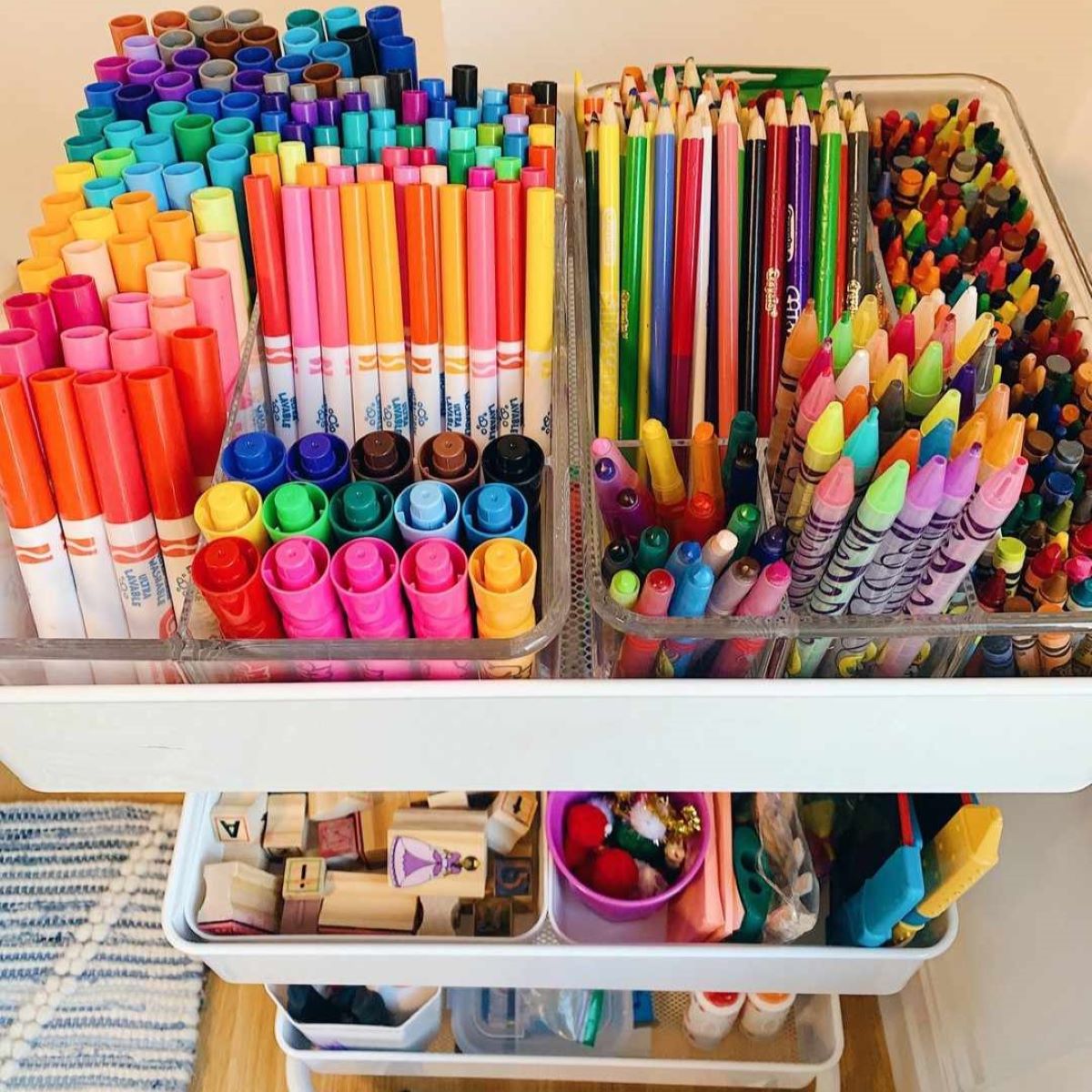
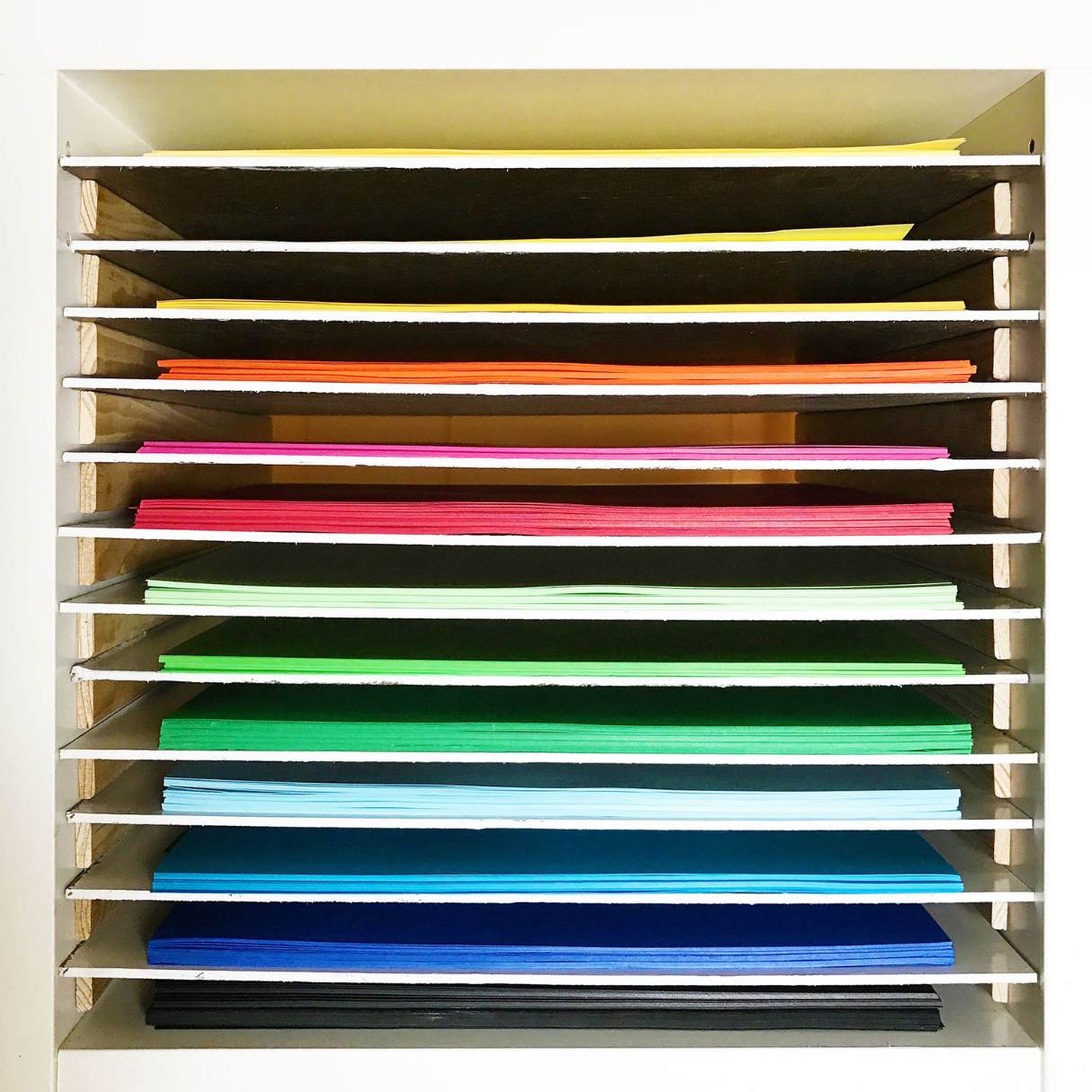
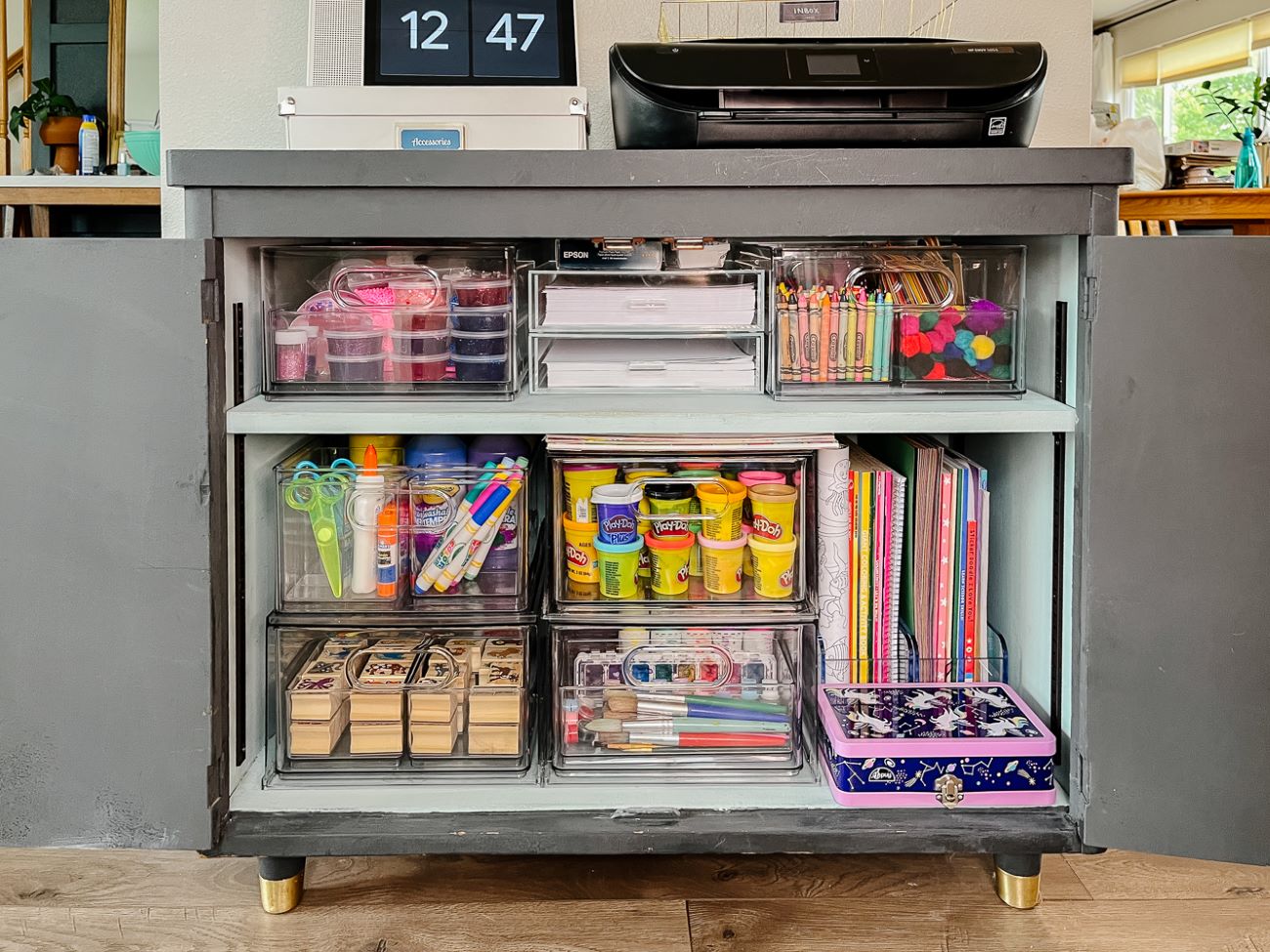
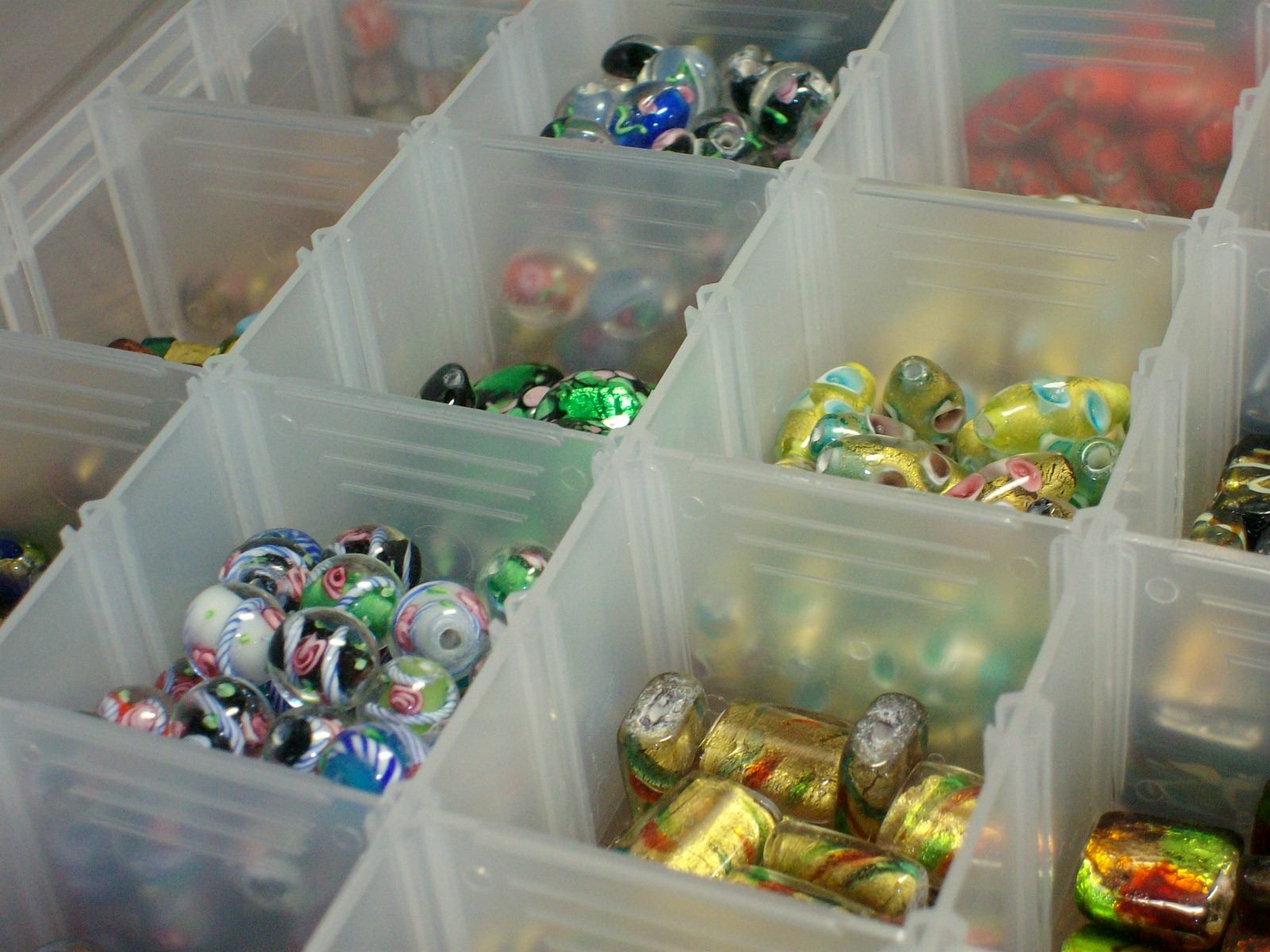
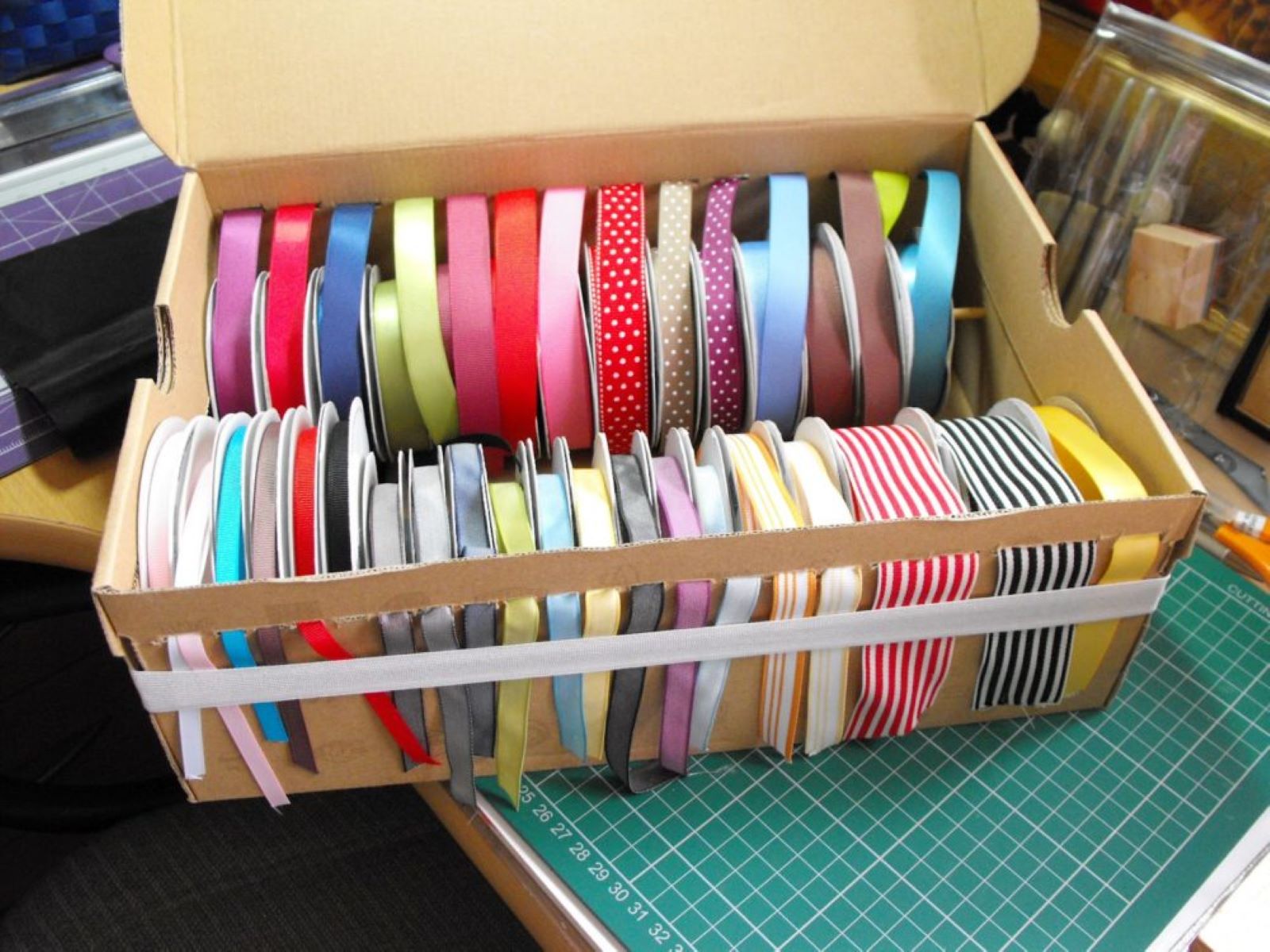
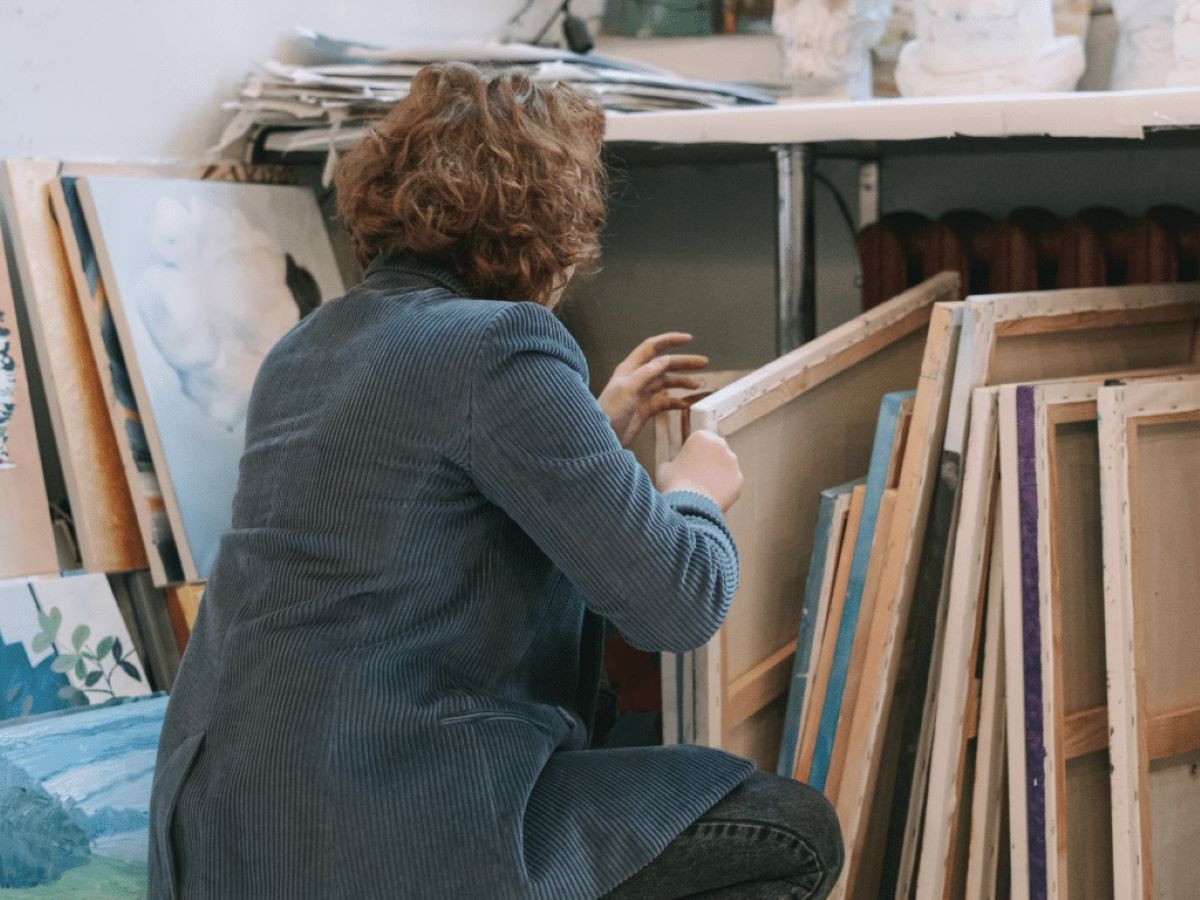



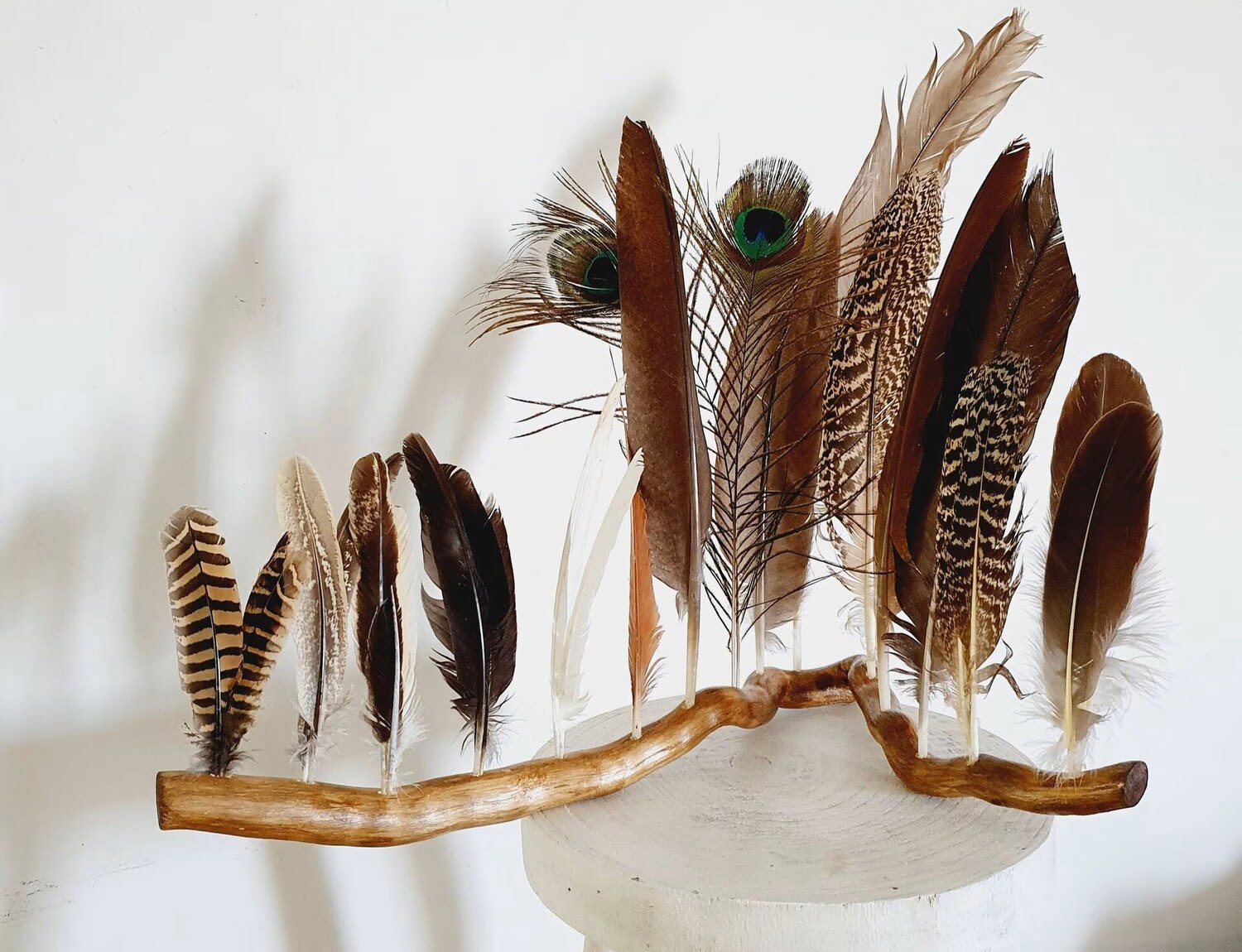

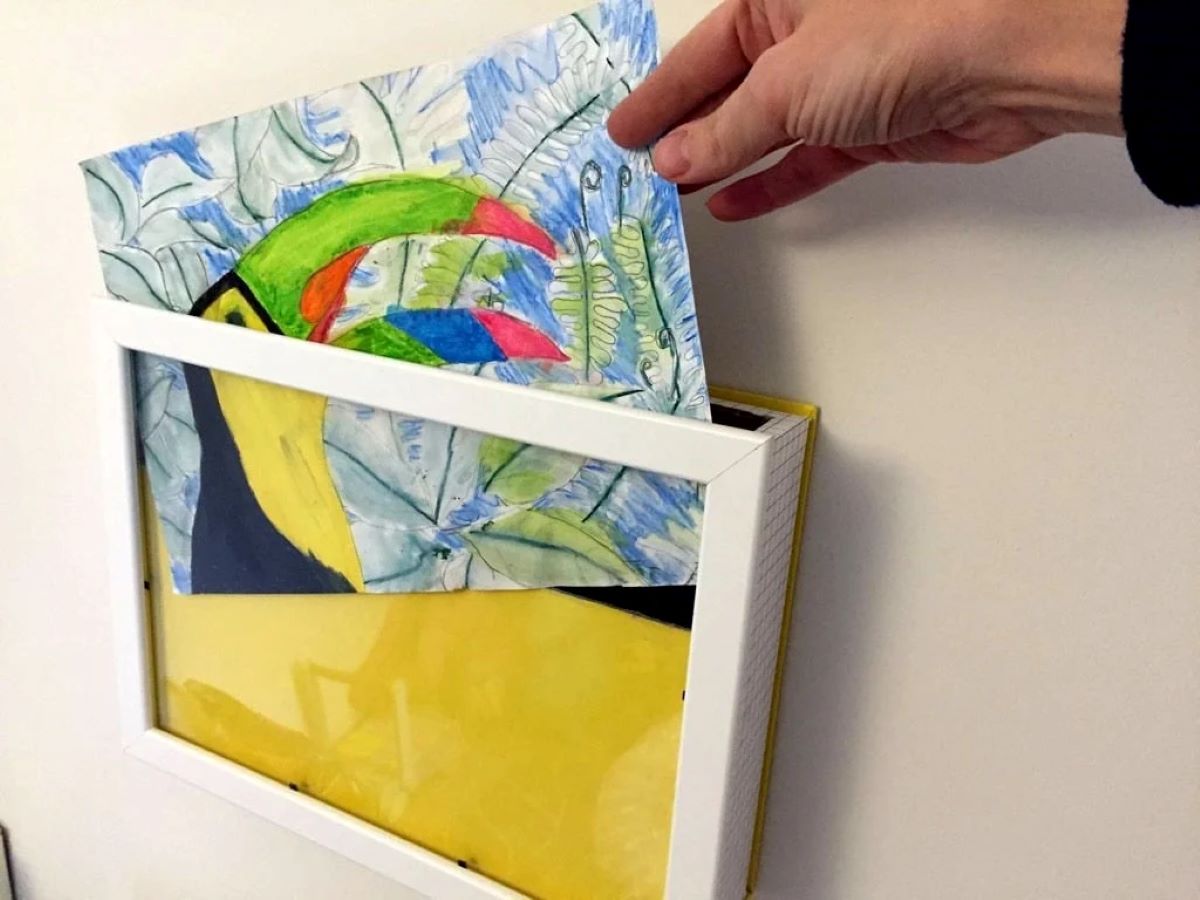
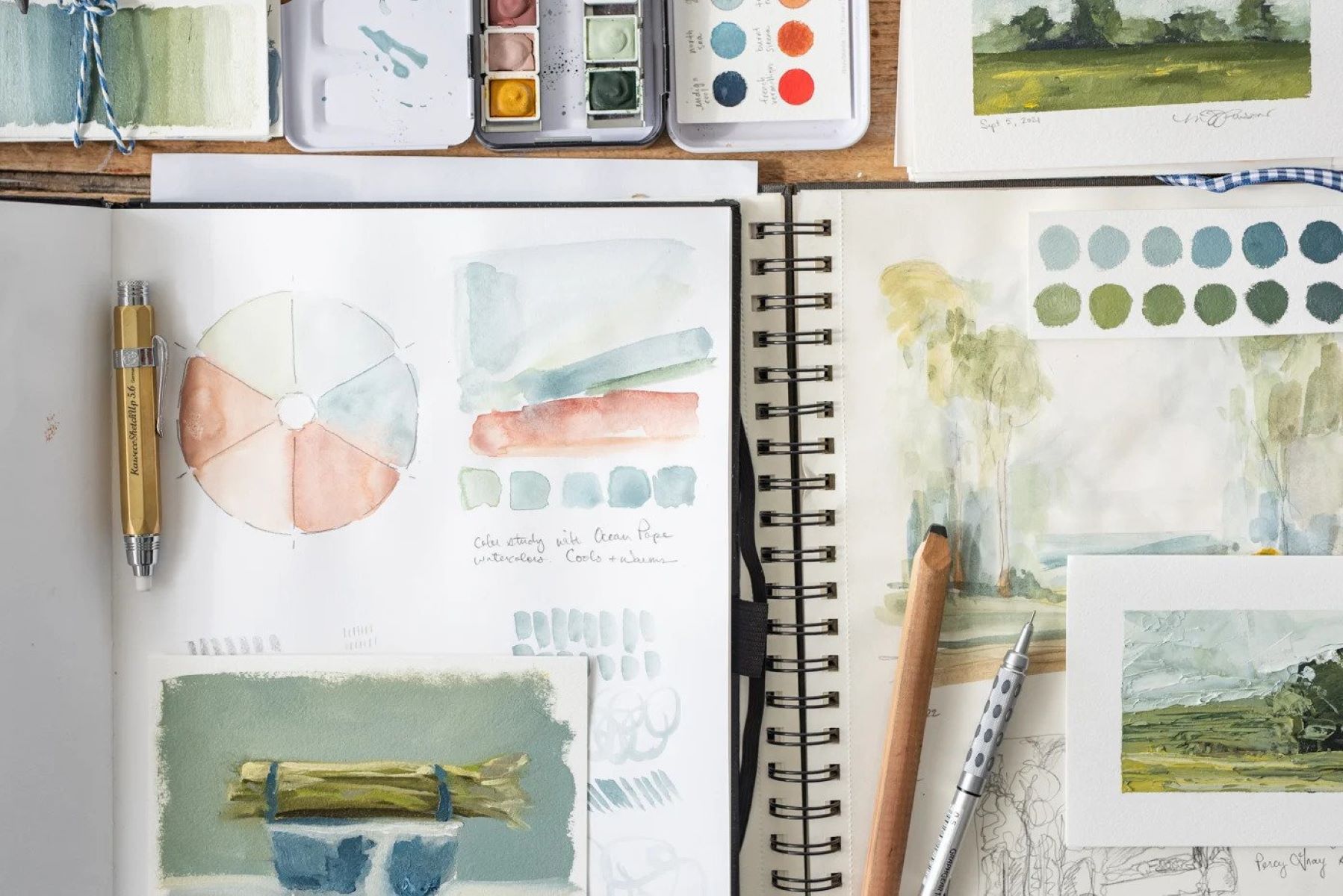
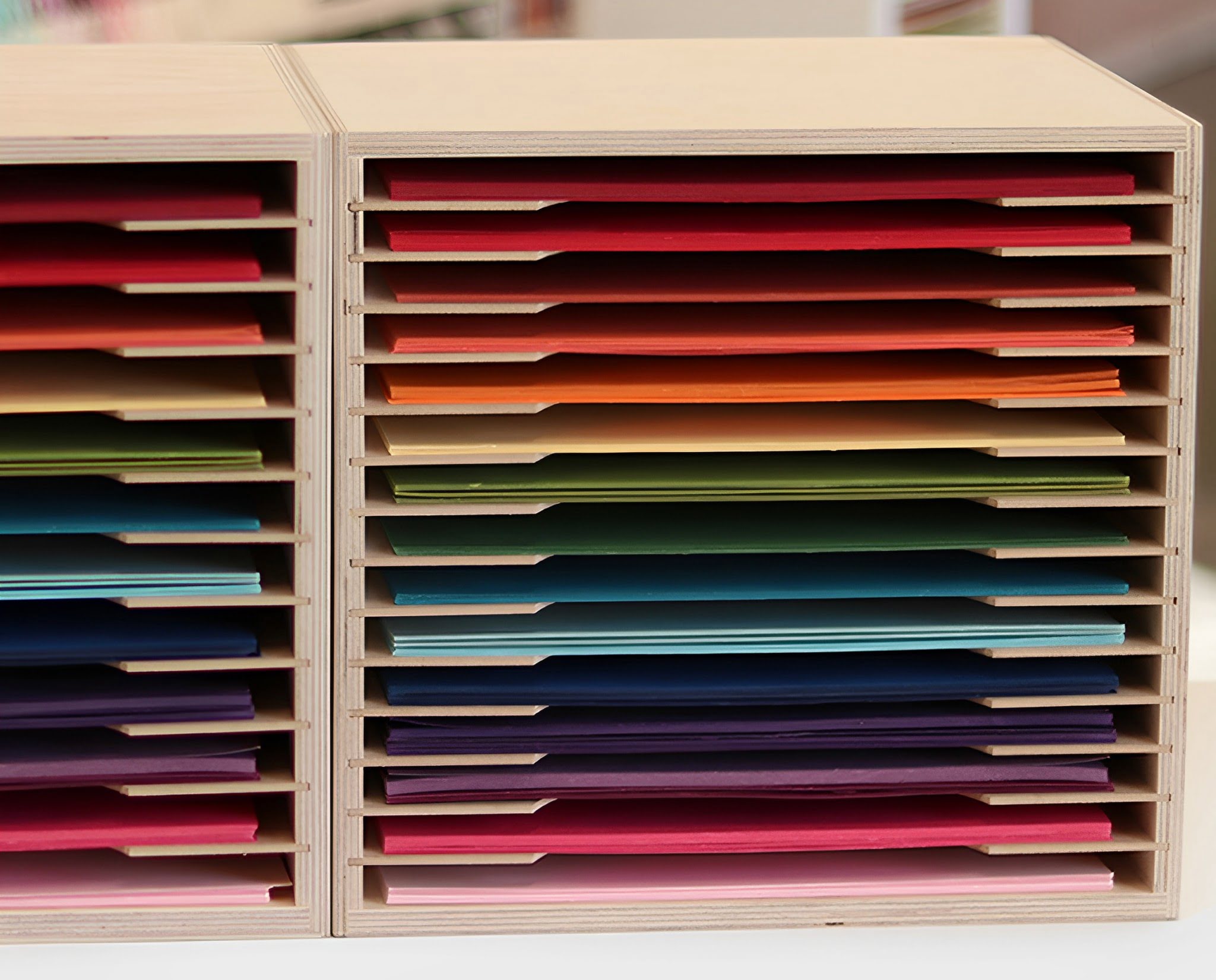

0 thoughts on “How To Store Kids Art”